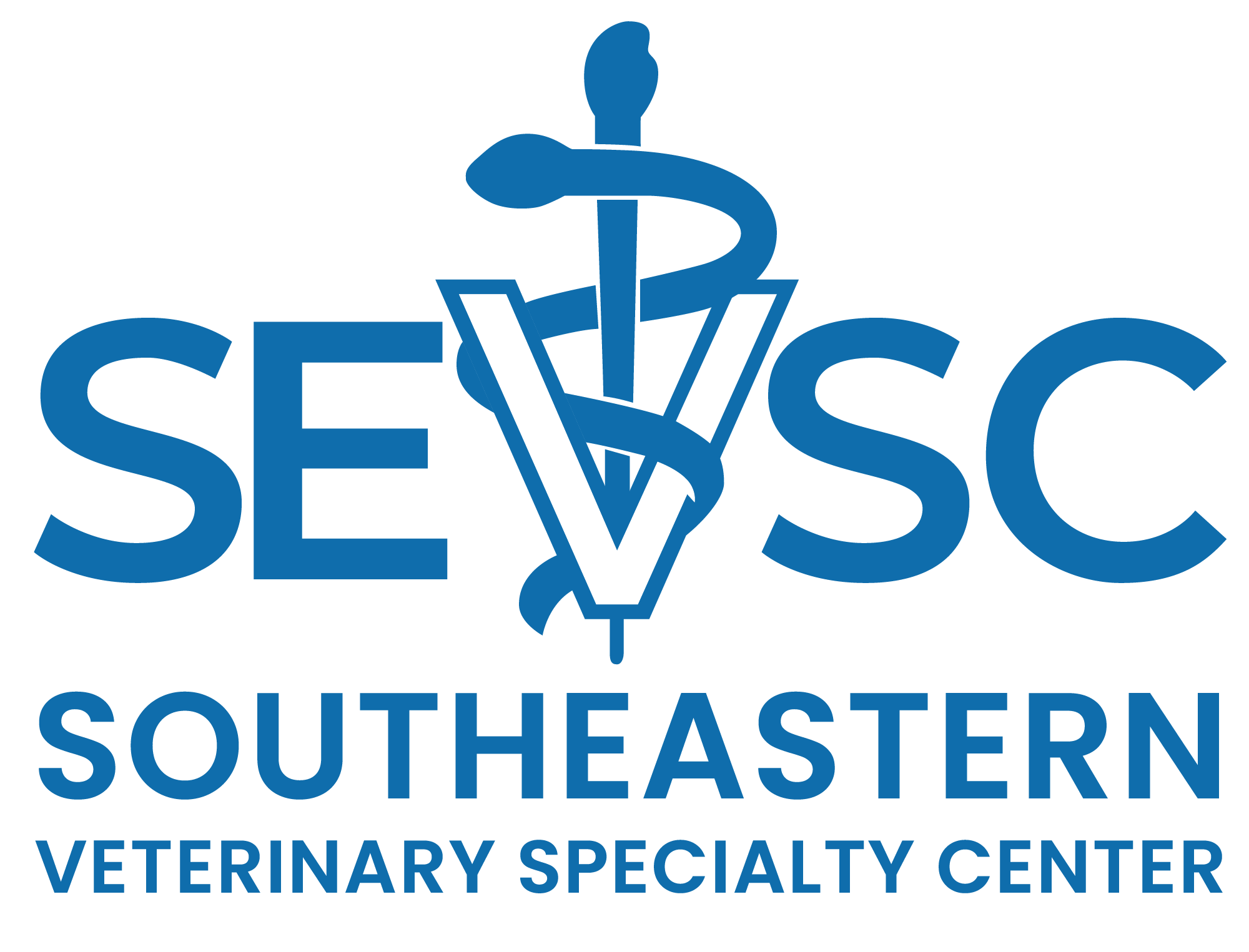Surgery & Anesthesia FAQ for Pet Parents
At Southeastern Veterinary Specialty Center, we know that surgery and anesthesia can be stressful for both pets and their owners. Here are answers to some of the most common questions we receive to help you feel informed and prepared.
Pre-Anesthetic Testing
Why does my pet need pre-anesthetic blood testing?
Pre-anesthetic blood testing helps our veterinarians evaluate your pet’s overall health and determine if anesthesia is safe. Depending on results:
- Mild abnormalities may not be clinically significant.
- Correctable issues can often be managed before surgery, e.g., IV fluids for dehydration.
- Significant findings may require additional testing or postponing surgery.
Our veterinarians interpret bloodwork alongside your pet’s medical history and physical exam to recommend the safest anesthesia plan.
Preparing for Surgery
Why can’t I feed my pet before surgery?
- An empty stomach reduces the risk of aspiration pneumonia during anesthesia. Anesthetic drugs relax the body, including the larynx, which normally prevents food or liquids from entering the lungs. Vomiting under anesthesia can allow stomach contents into the lungs, potentially causing pneumonia.
Can anesthesia be risky?
All anesthesia carries some risk, including rare but serious complications. Current studies estimate:
- Dogs: 0.17% risk of death
- Cats: 0.24% risk of death
Other possible complications include allergic reactions, organ failure, clotting disorders, or seizures. Our veterinarians take every precaution to minimize these risks and only proceed when the benefits outweigh them.
During Surgery
Why does my pet need an IV catheter and fluids?
IV fluids maintain blood pressure and organ perfusion, prevent dehydration, and provide direct access for emergency medications. They help counteract anesthesia-related effects and keep vital organs healthy.
Is my pet monitored during surgery?
Yes. We continuously monitor your pet’s:
- Heart rate
- Respiratory rate
- Oxygen levels
- Blood pressure
- Body temperature
This ensures your pet remains stable and comfortable throughout the procedure.
Will my pet experience pain?
Yes, pets may experience pain during and after surgery. We use preemptive pain management, administering medications before the procedure begins. Other strategies may include:
- Continuous intravenous pain medication (CRI)
- Local anesthetics
- Postoperative pain medications to take home
Post-Surgery & Recovery
Will my pet have stitches?
Some pets have external sutures that require removal around 14 days post-surgery, while others have absorbable sutures that do not need removal.
Can other procedures be done at the same time?
No. Due to procedure complexity, we only perform the planned surgery during anesthesia.
What should I expect during drop-off and pick-up?
Drop-Off:
- Arrive early (7:30–7:45 am)
- Fast your pet unless otherwise instructed
- Dogs on a leash, cats in a carrier
- Allow 15–30 minutes to complete forms, pay deposits, and provide any special medications or equipment
Pick-Up:
- You’ll be scheduled for a morning or afternoon discharge
- A staff member will review the procedure, show radiographs, go over medications, and explain post-op care
- The surgeon will follow up to answer final questions and review your pet’s surgical site
